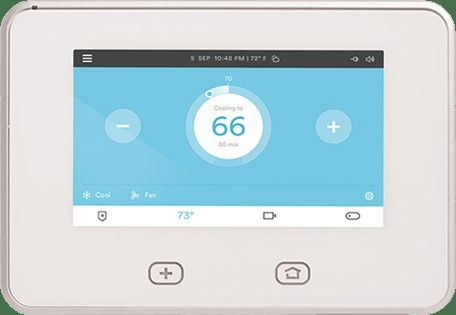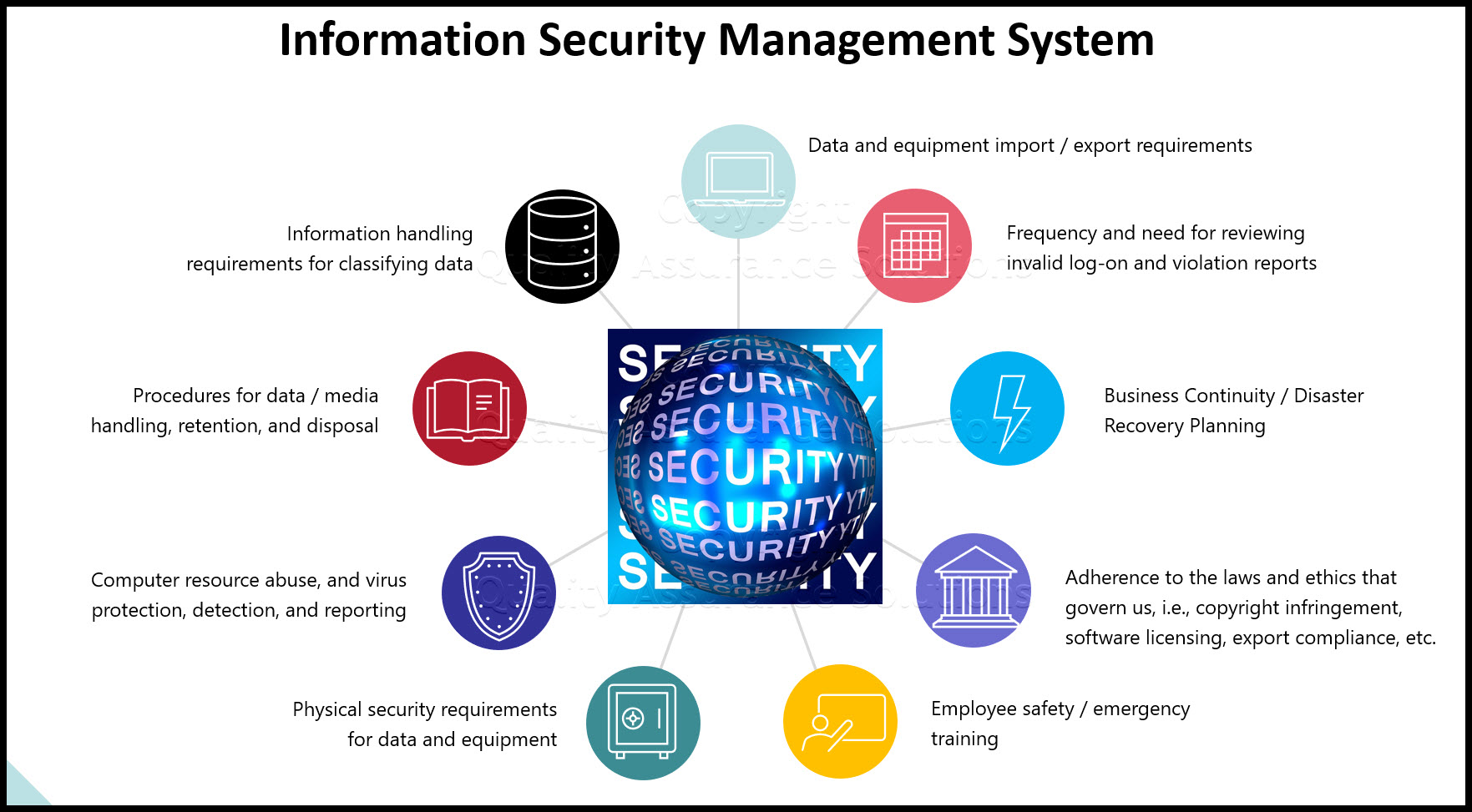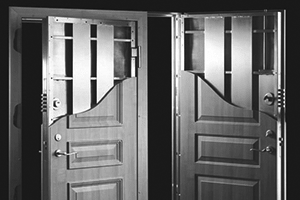
There are many things to consider when choosing a home security program. Security system components include motion detectors, sensors, and cameras. Other elements to consider include the monitoring subscription. These features should always be included in any security system. This will ensure that you have all the security features you need.
Sensors
The global sensor market is expected to recover after the recent effects of COVID-19, which disrupted various manufacturing sectors and delayed the launch of new products. The increasing demand for sensors has increased the adoption of MEMs-based sensors, which are smaller and more energy efficient. These sensors can also be used in the consumer electronics sector. The growth of IoT will also lead to further expansion of the application space for sensors.
The global sensor market can also be segmented according to the application. It can further be broken down into automotive, IT, telecommunication, industrial and electronics as well as aerospace & defense. Due to high safety standards, the healthcare market holds the largest share and will grow faster than any other segments.

Motion detectors
Motion detectors are an important feature in home security systems. These devices detect motion and can indicate it by a small LED light. These devices can often connect to a smart security system, allowing them to send out remote alerts. Some systems even let you schedule motion alerts by using a mobile app.
For the most effective performance, motion detectors need to be properly placed. You want to place them in areas that produce fewer false alarms. Most motion detectors include detailed instructions that help you figure out where to place them. Motion detectors should not be placed where there is a lot of foot traffic. For instance, if a burglar breaks into a house, they will most likely try to get in through the back door.
Cameras
There are many options for home security cameras. There are many types of home security cameras on the market. Each has its own features and uses. Nanny cams have been very popular in recent years. They offer features like a fixed lens, memory card support, and an alarm trigger. It can also record sounds, which makes it a great choice for families with small children.
One of the most important benefits of security cameras, is their ability alert homeowners to suspicious activity. The security camera can send video to a smartphone application, which alerts homeowners about any intrusions. A security camera can monitor the outside world, which makes a home safer overall. A well-placed camera can increase safety in the neighborhood, for example.

Monitoring subscription
A monitoring subscription is available for a monthly cost from some home security systems. You don't need to subscribe, but these subscriptions may be worth your consideration if there are false alarms. These services can alert emergency services to send police to your house in an emergency. You can reduce false alarms by purchasing a monitoring subscription.
A monitoring subscription costs either monthly or annually. Monitoring subscriptions are usually more expensive than standalone devices. Many systems let you remotely monitor your home, which is great for when you're away.
FAQ
Which home security system is easiest to install?
Home security systems that don’t require any installation are the best. These are "plug-and-play" systems that work like magic. It is as simple as plugging them into the power socket and connecting them to the Internet using a wireless network router. Once connected, you'll be able to control everything from anywhere in the world.
Can ADT hackable?
ADT security system remains one of the most trusted home alarm systems. ADT Home Security System continues to be considered the safest option by many customers. Its reputation for being reliable and dedicated to protecting homes against fire and burglary is something they trust.
Like all things, hackers can attack even the most trustworthy organizations. Hackers can easily hack into a network and steal sensitive data. Hackers are able to access all files on the network and change the settings. A hacker can delete files, modify passwords or shut down an entire computer system. It's important for you to remember that hackers could still try to access your house by stealing files, changing passwords, or deleting files. Make sure you have the right information to help protect your system.
What is the best home security program?
ADT Pulse (Ring Alarm), Vivint SmartHome Security, Protect America, and Vivint SmartHome Security are the most well-known home security systems.
What wireless security system can you buy that is best?
D-Link Wireless Security System has been my top choice for wireless security. It's also one of the most cost-effective systems. It includes everything you need. It comes with a camera, motion sensor, and remote control. All you need to do is plug it in and follow the simple instructions.
Which is better, home security cameras of home security systems?
Home security systems can be more effective than home cameras as they can detect sound and movement even though no one is present in a room where the system has been installed. On the other hand home security cameras are cheaper than home security systems, and they can easily be mounted on windows and doors.
How do I decide between the different types of home security system?
You need to think about the potential threats that your area faces. You might consider installing an alarm system that sounds when someone enters your house. You might not need as many security measures if you live in a rural location with few burglaries.
Consider whether you are prepared to pay more for advanced features. Some systems come with built-in cameras while others don’t. Some allow you to monitor your house remotely, while others require you to be physically present in order to view the footage.
Statistics
- (In my experience, the discount on my home insurance covered about 25 percent of the subscription of an average plan, but your mileage may vary depending on your location and the size of your home.) (theverge.com)
- Depending on your insurance, 24/7 professional monitoring may qualify you for as much as 15% off your premium. (safewise.com)
- That's probably why Cove has a whopping 98%* customer retention rate. (safewise.com)
- Related questionsHome security systems that are 100% DIY (safewise.com)
External Links
How To
How to Install A Home Security System
A home security system monitors your property and alerts if there is any activity. It could consist of a motion sensor and doorbell camera as well as smoke detector, smoke detectors fire alarm, flood alerts, carbon monoxide detectors and burglar alarms. A home security package usually includes one or more sensors (e.g. a motion detector), which send signals whenever they detect sound or movement. The signals are then sent out to a control board where they can monitored and recorded. If there's a problem such as someone breaking into your house or other suspicious activity, the control panel sends an alert via your phone, tablet computer, voice assistant, or computer. You will be notified immediately and you can take immediate action.
First, you must choose the right type sensors for your home to install a home security system. There are two main types. Active and passive sensors. Passive sensors don’t need batteries. Instead, they simply pick up sounds or vibrations from the environment. These sensors include sirens, buzzers, and doorbells. Active sensors use electricity to transmit data. Cameras and motion sensors are two examples of active sensors.
There are many options for sensors. Each brand has its advantages and disadvantages. For instance, some sensors can be weatherproof while others don't. Some come with built-in speakers so you can hear them even if they're outside. Some only work indoors. Others are more complex, while some offer more advanced features like night vision.
Once you have chosen the right type of sensor for your property, it is time to select a manufacturer. This will ensure that all your sensors work together. You should find plenty of choices at your local hardware shop.
Once you have decided on a brand to use, it is time to decide on how many you want. Depending on whether you live alone or with your family, most people will start with just one or two sensors. If you are planning to add sensors later on, you may consider purchasing additional sensors.
Next, you'll need to figure out where you want to place your sensors. Are you looking for them to be near doors or windows? Are they best kept hidden? Before you put them anywhere on your property make sure you get permission. It is important to ensure they do not interfere with electrical outlets.
Now that you know where you want to put your sensors, you'll need a way to connect them to your control panel. You might need a power adapter for your setup. Once everything is setup, you will be able to monitor your property.